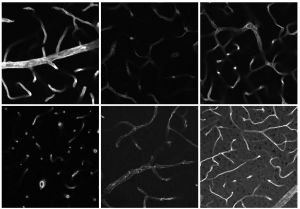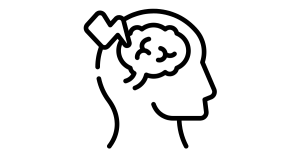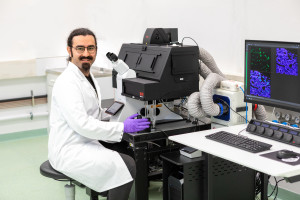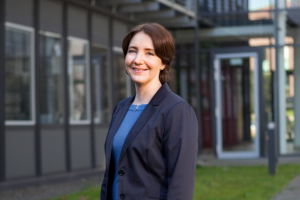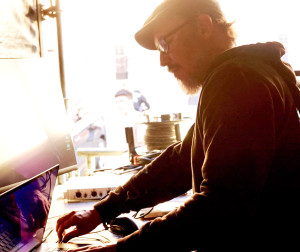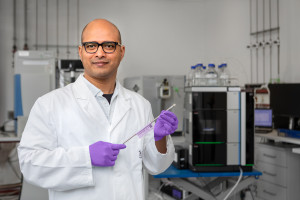Dortmund, 12th August 2021
His doctorate in physics took Alexander Knodel only two and a half years. According to the federal record on young scientists (‘Bundesbericht Wissenschaftlicher Nachwuchs’) 2021, he was not only about two years faster than usual in the natural sciences, but also exceptionally young. At 27 years old, the Dortmund native is three years younger than the average doctorate. At ISAS, the swift scientist is part of the team Miniaturisation and is currently working on an optimised sample supply for mass spectrometry. Even before his dissertation, Knodel knew that he was no typical medical physicist.
As he is interested in medical modules and possible applications as well as classical physics, Knodel decided to study Medical Physics at the TU Dortmund in 2013. “To be able to help people in the clinic was a great motivation at the beginning,” the researcher states. Medical physicists often work in close collaboration with doctors, for example to draw up irradiation plans. In the course of his studies and during a research stay in the US, he discovered his interest for plasma physics in addition to medical physics.
Uncomplicated sample analysis for everyday laboratory work
For his dissertation, Knodel concentrated on the coupling of laser desorption and plasma ionisation in order to be able to examine analytical and biomedical samples. These samples might consist of cholesterol that has been dissolved in chloroform and then dried, for example. In laser desorption, a sample is irradiated with a diode laser on a specially made substrate. As a consequence, the molecules evaporate into gas. The neutral desorbed material that formed is then ionised with a Flexible Microtube Plasma (FµTP) so that it can be analysed with a mass spectrometer. In addition to his coupled method, Knodel developed an imaging technique. He uses a uniquely designed copper-glass-structure with pure copper spots onto which scientists can directly apply their biological samples and study them. That is not only quick and easy, but also allows analysing samples under ambient conditions and without a chemical matrix – leaving just the pure analytes.
An extraordinary doctorate in many respects
After his master, Knodel had been doubtful about a doctorate at first. However, when the leader of his working group and later PhD supervisor, PD Dr. Joachim Franzke, invited him to ISAS and proposed a topic, the decision was ultimately easy. “Although he has not been here for very long, Alexander managed to achieve impressive results. His method might be suitable for numerous biomedical applications, for example to find carcinogens in liver samples,” Franzke explains. The young age of the technophile scientist and his fast progress are not the only special feature of this doctorate: Of the eight doctoral theses written within the degree programme – which the TU Dortmund only offers since 2011 – Knodel is the first male candidate.
(Cheyenne Peters)
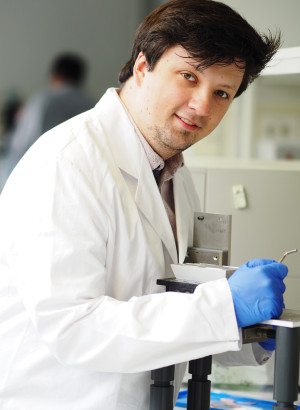
Dr. Alexander Knodel modifying the previous model of the laser desorption technology.
© ISAS
